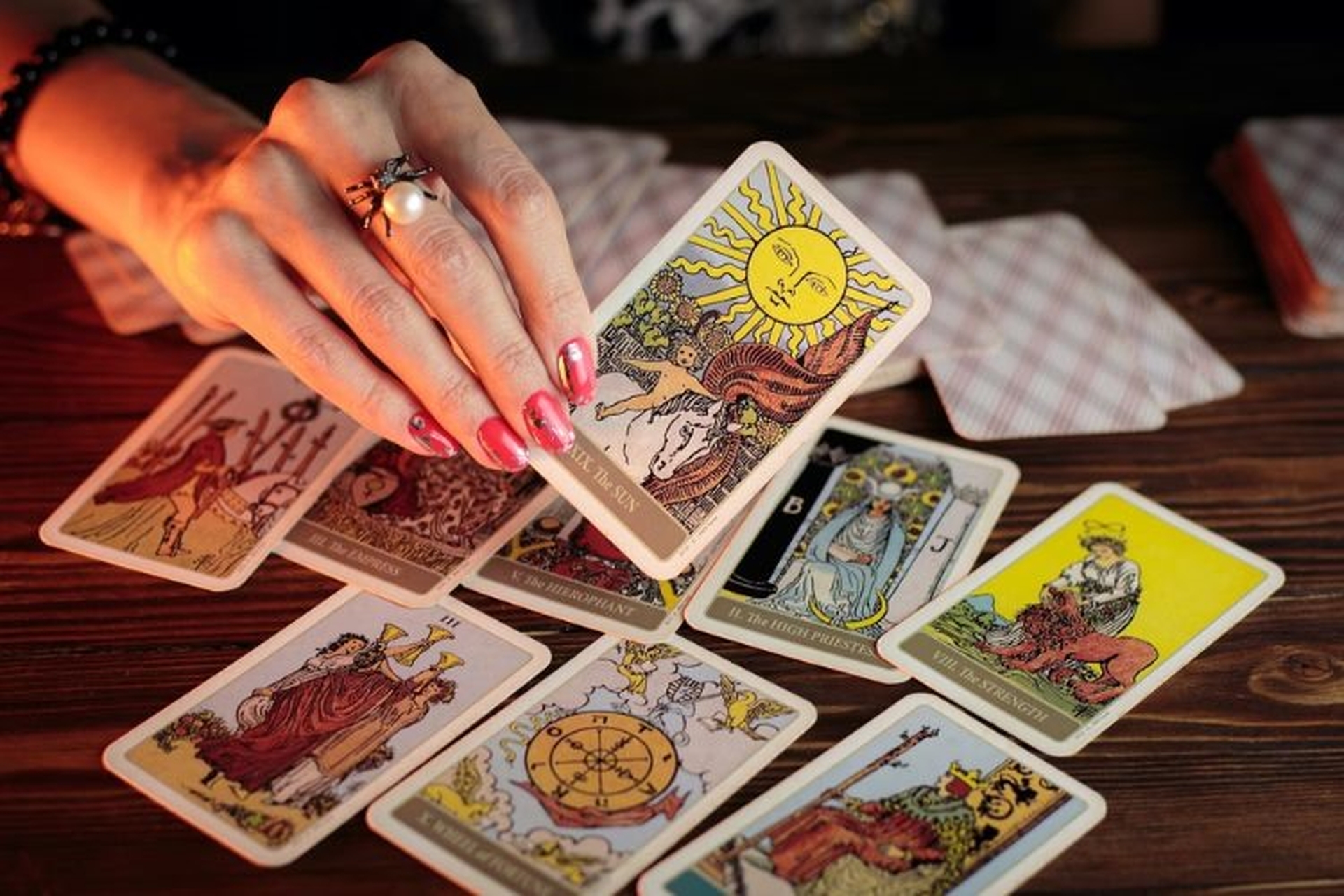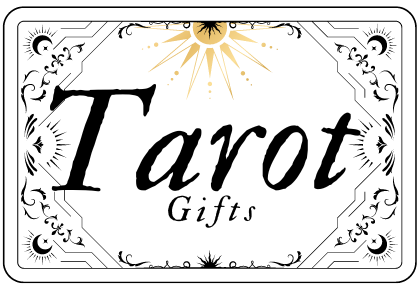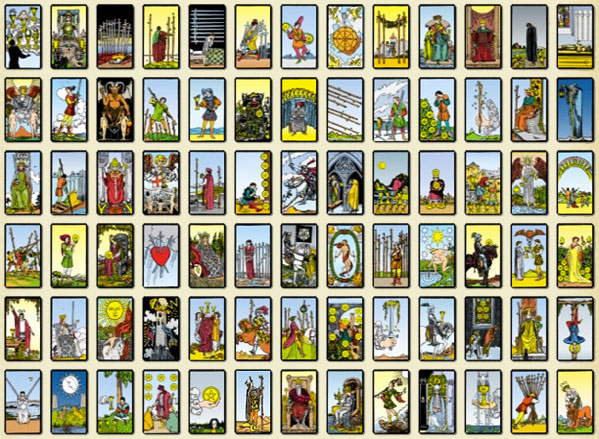Tarot cards have long captivated the imagination of people around the globe. This ancient divination tool, rooted in symbolism and mysticism, offers insights into various aspects of life, including love, career, and personal growth. Whether you’re a seasoned tarot reader or just starting your journey, understanding the fundamentals of tarot can deepen your connection to this fascinating practice. In this blog post, we’ll explore the history of tarot, the structure of a tarot deck, how to read tarot cards, and the benefits of incorporating tarot into your life.

The origins of tarot are shrouded in mystery, with many theories about how this intriguing practice began. Tarot cards are believed to have originated in the 15th century in Europe, likely stemming from a card game called “tarocchi” played in Italy. However, the cards’ mystical and divinatory aspects didn’t emerge until the late 18th century, when they began to be associated with esoteric traditions and occult practices.
The most well-known tarot deck, the Rider-Waite-Smith deck, was published in 1909 by artist Pamela Colman Smith and scholar Arthur Edward Waite. This deck popularized the use of imagery in tarot, making it more accessible to the general public. Today, there are countless tarot decks, each with unique artwork and interpretations, reflecting the diverse ways people connect with the tarot.
Structure of a Tarot Deck
A traditional tarot deck consists of 78 cards divided into two main categories: the Major Arcana and the Minor Arcana.
Major Arcana
The Major Arcana consists of 22 cards, each representing significant life themes and spiritual lessons. These cards are often seen as the heart of the tarot, providing deep insights into the reader’s life and experiences. Some of the most well-known Major Arcana cards include:
– The Fool: Represents new beginnings and potential.
– The Magician: Symbolizes manifestation and resourcefulness.
– The Lovers: Reflects love, relationships, and choices.
– The Death Card: Signifies transformation and change.
Minor Arcana
The Minor Arcana consists of 56 cards divided into four suits: Wands, Cups, Swords, and Pentacles. Each suit corresponds to different aspects of life:
– Wands: Represents creativity, inspiration, and action.
– Cups: Symbolizes emotions, relationships, and intuition.
– Swords: Reflects intellect, conflict, and challenges.
– Pentacles: Represents material aspects, such as finances and career.
Each suit contains cards numbered from Ace to Ten, along with four Court Cards (Page, Knight, Queen, and King) that embody various personality traits and energies.
How to Read Tarot Cards
Reading tarot cards can be an enriching and intuitive experience. Here are some basic steps to help you get started:
1. Choose Your Deck
Select a tarot deck that resonates with you. With so many options available, choose one that speaks to your intuition and aesthetic preferences.
2. Set Your Intention
Before you begin reading, take a moment to ground yourself and set your intention. What do you hope to gain from the reading? This could be clarity on a specific situation, guidance on a decision, or insight into your personal growth.
3. Shuffle the Cards
As you shuffle the cards, focus on your intention. Some readers prefer to shuffle until they feel ready, while others may use a specific method like the “riffle shuffle.”
4. Draw the Cards
There are various spreads you can use to draw cards. A simple three-card spread can provide insights into the past, present, and future. Alternatively, the Celtic Cross spread is more comprehensive and reveals various aspects of a situation.
5. Interpret the Cards
Take your time to interpret each card’s meaning, considering both its upright and reversed positions. Reflect on how the cards relate to your question or intention. Remember, intuition plays a significant role in tarot reading; trust your instincts and feelings.
6. Reflect and Journal
After your reading, take a moment to reflect on the insights gained. Consider keeping a tarot journal to track your readings, thoughts, and feelings over time. This practice can deepen your understanding and connection to the tarot.
Benefits of Tarot
Incorporating tarot into your life can offer numerous benefits:
– Self-Reflection: Tarot encourages introspection and self-discovery, helping you gain clarity on your thoughts and emotions.
– Decision-Making: Tarot can provide guidance when faced with challenging choices, helping you see different perspectives and outcomes.
– Empowerment: By tapping into your intuition, tarot empowers you to take charge of your life and make informed decisions.
– Creative Inspiration: Many artists, writers, and creators use tarot to spark creativity and explore new ideas.
Common Misconceptions About Tarot
Despite its growing popularity, several misconceptions about tarot persist:
– Tarot Predicts the Future: While tarot can offer insights and guidance, it’s not a definitive predictor of the future. It serves as a tool for reflection and self-awareness.
– Tarot is Only for Fortune Telling: Tarot is much more than fortune-telling; it’s a valuable resource for personal growth, emotional healing, and spiritual exploration.
– You Need Special Skills to Read Tarot: Anyone can learn to read tarot with practice and patience. Trust your intuition and allow yourself to grow in your understanding.
Tarot is a powerful tool for self-discovery and insight, offering a unique lens through which to view your life and experiences. By understanding the history, structure, and reading techniques of tarot, you can tap into its wisdom and enhance your spiritual journey. Whether you seek guidance, inspiration, or a deeper understanding of yourself, the tarot has something to offer everyone. Embrace the magic and let the cards guide you on your path!
If you are a fan of Tarot, you can buy Tarot merch & Gifts at Tarot Gifts .
 Free shiping on order over 100 USD
Free shiping on order over 100 USD
